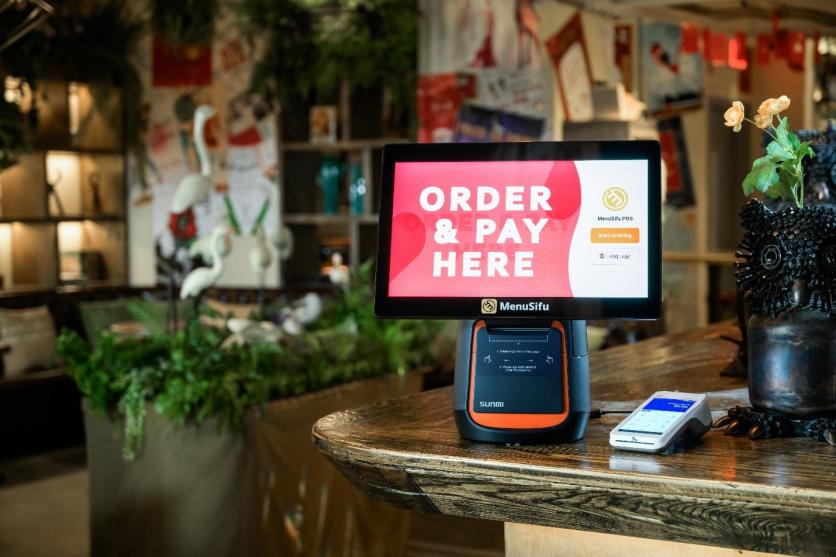
Compared to many industries, restaurants are relatively slow adopters of advanced technology. This was especially the case until very recently as advancements in hardware (POS systems), social media, and online ordering and a boom in food delivery have all helped kick some restaurants into gear, and as recently released information shows, those that have adopted this technology are seeing real gains in revenue.
Even in 2024 as AI and automation are starting to influence nearly every aspect of life, it's not uncommon to have restaurant orders still written by hand on a ticket, orders placed by phone, and other technology running restaurant operating systems that looks to have changed little in decades.
There are many factors for this slow adoption of technology in the restaurant industry compared to other sectors. Most restaurants are small businesses with only one or few stores operating on thin margins. Investing in new technology can be difficult when there are limited excess funds available and an uncertain outlook.
Many restaurants that fell behind in adopting advanced technology struggled during the pandemic. According to MenuSifu, a restaurant systems technology provider that focuses mostly on Asian restaurants, during the lockdowns and unease of in-restaurant eating during the early pandemic years, the restaurant industry saw an average decline in sales of over 17%.
MenuSifu offers restaurants digital POS systems that interconnect a store's entire operations, from front-of-house order taking, to back-of-house in the kitchen. These systems are designed to minimize labor inputs, increase speed, reduce errors, provide easily accessible data, and generally reduce costs. According to MenuSifu, while the industry saw a decline in sales of 17%, their own customers only saw a decline of 12%, equivalent to $59,418 less loss per restaurant vs the industry average.
In many ways, the pandemic helped jumpstart restaurant adoption of digital technology through contactless ordering and pick-up. MenuSifu noted how one major reason for the decreased loss in sales from their customers was that they were able to develop and deliver contactless technology to their customers so quickly.
While these figures from the pandemic showed how quickly digital solutions helped restaurants survive an unprecedented shock to their business model, the post-pandemic figures reveal a continued upward trend for digital adopters.
MenuSifu's figures also show their customers have seen sales revenue at 11% higher than restaurant industry averages. Furthermore, during the ongoing post-pandemic recovery, the restaurant industry average sales revenue increase was 22.6%, but MenuSifu customers saw a sales revenue increase of 35%.
While the pandemic was a near-catastrophic hit for the restaurant industry, new challenges have emerged since. Inflation, labor shortages, rising rents and evolving consumer habits have all put pressure on restaurants to adapt quickly. In the face of all of these new challenges, to survive restaurants need to be nimble and lightweight, and able to quickly turn out to-go orders on systems easily integrated with the growing slate of delivery services.
The technology provided in these solutions can vary in degrees of automation, from online orders being sent directly to the kitchen to customer self-ordering and self-paying systems. Beyond that, these digital systems can also help with customer retention through membership and rewards programs, regular customer communications, or promotional events on social media, all integrated with the restaurant system.
There are, of course, many other players in this space providing restaurants with POS systems and digital offerings including Chowbus, Sunmi, Toast, Square, Clover and more. With so many in the industry all vying to make restaurants more efficient, it is even more impressive that MenuSifu's customers have seen such success above industry averages. The company attributes this success in a crowded industry to its robust offerings covering nearly every aspect of a restaurant's business, from payments to marketing to CRM systems to delivery to even partnerships seeing automation in food preparation.
While digital technology is finally starting to change the restaurant landscape, at the end of the day, the best way for restaurants to succeed is still through the quality and prices of its food. But for an industry struggling with high costs and thin margins, these digital solutions could be the difference between shuttering and thriving.
ⓒ 2025 TECHTIMES.com All rights reserved. Do not reproduce without permission.




